America’s Cup: Venue announcement delayed until summer
Published on February 7th, 2014
America’s Cup organizers, unhappy over negotiations with Mayor Ed Lee’s office about bringing the regatta back to San Francisco in 2017, said Thursday (Feb 6, 2014) they are considering five U.S. venues in a wide-open competition.
“I was hoping we’d be able to complete a deal (with San Francisco) – because everyone knew what it was – relatively quickly,” said Russell Coutts, the head of software billionaire Larry Ellison’s Oracle Team USA sailing club, in a meeting with The Chronicle’s editorial board. “Perhaps that was too optimistic.”
A March 1 deadline that had been set to announce the next venue, boat type and rules for sailing’s premier competition will be pushed back until summer to decide on the venue, so there is time to evaluate proposals from the other sites, Coutts said. He declined to name them all, but indicated San Diego and Hawaii, where Ellison owns the vast majority of the island of Lanai, are in the mix, as is a “Northern state” venue, likely Newport, R.I., where the regatta was held from 1930 to 1983.
“Now that we’ve had to go out to other venues, we’ve got to obviously do our due diligence on that,” Coutts said. “Let’s wait and see what they come back with.”
The courtship of other sites for the 163-year-old event is reminiscent of the original negotiations with San Francisco in late 2010 to host the 34th America’s Cup. Just days before the Board of Supervisors was to vote on the hosting agreement, Ellison’s chief negotiator said the deal had been modified without the team’s approval and San Francisco was “holding on by their fingernails” as other sites were considered.
After two weeks of discussions, the city’s offer remained largely unchanged.
Stirring comeback
The Cup was held in San Francisco, and Ellison’s Oracle Team USA, sponsored by the city’s Golden Gate Yacht Club, won it in a stirring comeback in September. The winning syndicate gets to pick where it will defend the Cup and what type of boats will be used.
Lee, who inherited the first race from his predecessor, now-Lt. Gov. Gavin Newsom, has been enthusiastic about holding the next Cup, but not at any cost. The 2013 races, which saw the death of a sailor in a training accident, weeks of noncompetitive racing and initial poor attendance, ultimately cost taxpayers at least $5.5 million. It also generated from $364 million to $550 million in local economic activity, according to one study.
Mayor wants Cup back
“The mayor has been very clear he wants the Cup to come back,” said Lee’s spokeswoman, Christine Falvey. “San Francisco Bay is the best place to have it. … But we have to learn from the last races.”
Supervisor John Avalos, a critic of the last agreement, scoffed at race organizers pursuing other sites.
“I understand that for these guys, getting the best deal involves cutthroat negotiations and pirating public subsidies,” Avalos said. “While Coutts and Ellison have plenty of dough to cover the cost of their extravagant moneymaking events, they just couldn’t live with themselves if they didn’t pit suitors against each other and have them grovel before them on their docks and piers.”
Both want to cut costs
Coutts and others point to the economic benefit of the event, saying it is worth the public investment, but both the city and Ellison’s group want to cut costs.
Race organizers want to make it easier for more teams to compete – already at least six are lined up for the next Cup, they say – while the city doesn’t want to lose money as it struggles to build enough affordable housing and faces $10.1 billion in transportation needs through 2030.
Coutts said he has proposed roughly the same deal as for the last Cup after a real estate development component was dropped. That includes free venue space and the city covering traditional services like police and garbage collection, Coutts said.
Falvey declined to comment on the specifics of the city’s offer, but called it “a proposal where we maximize economic activity and protect the taxpayers.”
For one thing, the city wants race organizers to pay rent. Given San Francisco’s economic boom, the cash-poor port doesn’t need to offer sweetheart deals for space on piers for race organizers’ offices that it could rent on the open market, sources familiar with the negotiations said.
Union wages a sticking point
Ellison’s group is also resistant to paying the equivalent of union wages for construction work on venues, sources said, which they agreed to for the last Cup. A later audit found the group owed almost $460,000 in back wages.
City costs, though, are also expected to be less this time around, including eliminating $11 million in one-time expenses for environmental review and other work, officials said.
“The proposal we put forward is a strong one, and we hope to reach an agreement,” Falvey said.
Coutts, who was to meet with Lee’s chief of staff, Steve Kawa, on Thursday evening, shifted the responsibility to City Hall.
“In many ways, it’s up to the city,” Coutts said. “They’ve got to answer the fundamental question, do they want the event back or not?”
In the lead-up to its debut here last year, the Cup was presented as an economic engine surpassed only by the Olympics and World Cup and projected to pump $1.4 billion into the Bay Area’s economy.
The vision was that swift, high-tech catamarans would make for riveting television and draw throngs of new fans to watch them skim the surface of the bay, a natural amphitheater that would make the competition readily visible from land for the first time in its history.
4 teams, not 12
Organizers thought up to 12 teams from around the world would participate. In the end, only four teams were willing to shoulder the $100 million needed to field a competitive team.
Tragedy and bickering created “races” that featured only one boat, and turnout was disappointing until thousands thronged the waterfront to witness Oracle’s comeback over Emirates Team New Zealand, which several veteran yachtsmen called the best America’s Cup finals ever.
But the event cost San Francisco taxpayers at least $5.5 million after a committee of civic leaders was unable to raise enough money to cover the city’s $20.4 million in costs, which does not include some Port of San Francisco costs or millions of dollars spent on long-planned infrastructure work completed to coincide with the event, including a new cruise ship terminal at Pier 27.
John Coté is a San Francisco Chronicle staff writer. E-mail: jcote@sfchronicle.com
Source: SF Chronicle, February 6, 2014


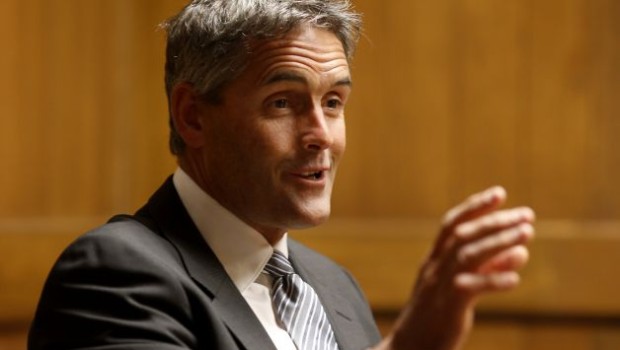


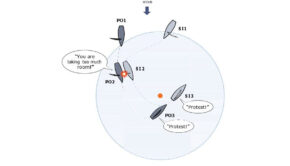
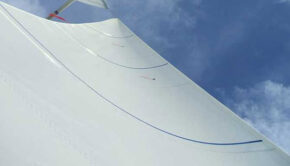
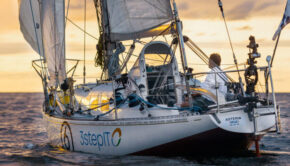
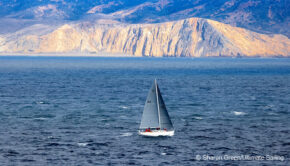
 We’ll keep your information safe.
We’ll keep your information safe.